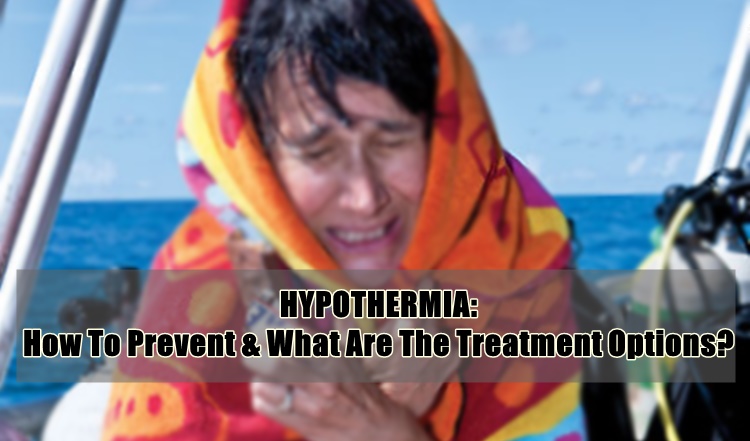Here are the ways to prevent hypothermia and the treatment options
HYPOTHERMIA – Know these ways to prevent hypothermia and the treatment options that can be done to the person suffering from it.
This condition can be fatal and it can also have other complications. Based on the article from Healthline, the complications associated with hypothermia are:
- frostbite or tissue death – this is the most common complication that occurs when body tissues freeze
- chilblains or nerve and blood vessel damage
- gangrene or tissue destruction
- trench foot – nerve and blood vessel are destroyed due to water immersion

PREVENTION
Clothes
Wear appropriate clothes for the cold weather. Cover all body parts. You can also wear hats, gloves, and scarves during the winter or cold season.
Stay dry
Avoid swimming for longer periods because staying dry is very vital. When you are in the rain or snow, make sure that you wear water-repellent clothing. When you are stuck in a boat, stay dry as possible until help comes. If your body temperature drops to 95 degrees Fahrenheit or 35 degrees Celcius, seek the help of a doctor even though you cannot feel yet the symptoms of hypothermia.
READ ALSO: HYPOTHERMIA: Symptoms, Causes & Risk Factors
TREATMENT OPTIONS
Handle with care
You should handle the affected person with care and massage will not be helpful to restore their blood flow. Take them away from the cold and make sure to eliminate excessive movements because it may cause cardiac arrest.
Take off the wet clothes
If it is difficult to remove the wet clothing, try to cut them off in order to avoid moving the affected person. They must be covered with a warm blanket including their face but make sure not to cover their mouth. If there is no available blanket, use your body heat to provide them warmth. You can also give them warm beverages or soup if they are conscious.
Warm compress
You can also apply a warm compress to the affected person. Apply the compress only to the chest, neck, or groin but avoid the arms or legs because it will just push the cold back to the heart, lungs, and brain, which could be fatal. Make sure not to use a heating pad or heat lamp. Too hot can burn the skin or cause cardiac arrest.
Monitor the breathing
If the breathing of the affected person seems dangerously slow, or if they lose consciousness, a CPR must be performed. Be sure you’re trained to do so.
Medical treatment
The person affected can be medically treated with warm fluids, often saline injected into the veins. A procedure that is called blood rewarming can also be done. A doctor will draw blood, warm it, and then put it back into the body of the affected person, according to the article.
Another medical treatment is airway rewarming. It is done through masks and nasal tubes. A doctor will warm the stomach through a cavity lavage, or stomach pump, in which a warm saltwater solution pumps into the stomach.
READ ALSO: VITAMIN MYTHS: Stop Believing These Myths About Vitamins
